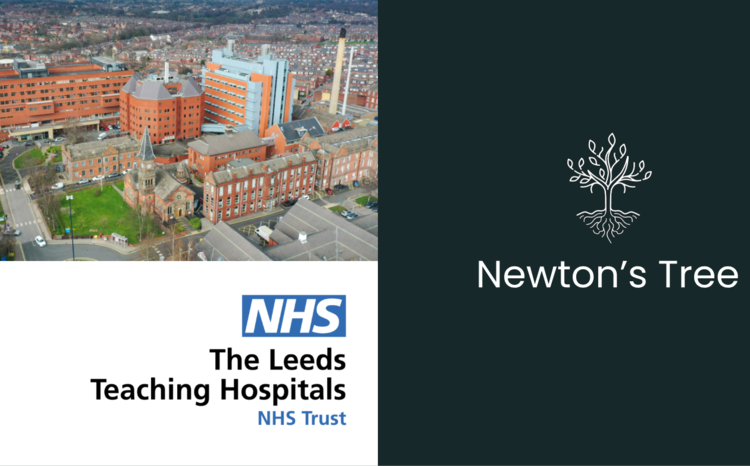Cheshire and Merseyside secures up to £1.2m from AI Diagnostic Fund
- 1 February 2024

NHS Cheshire and Merseyside’s Radiology Imaging Network (CAMRIN) has secured funding from the NHS Transformation Directorate’s AI Diagnostic Fund to accelerate the deployment of AI to help diagnose lung cancer patients quicker.
Up to £1.2 million has been awarded to accelerate the implementation of an AI imaging and support tool at Cheshire and Merseyside which can analyse chest X-ray images and identify possible signs of lung cancer.
The tool which will be rolled out to nine acute and specialist NHS trusts across Cheshire and Merseyside, can identify nodules and masses on chest X-rays to both ensure those patients can be prioritised and reduce the administrative burden on clinical staff.
Dr John Mullany, consultant radiologist and CAMRIN clinical lead for AI, said: ““With the escalating demands placed upon radiology departments, it is imperative to harness every available tool that holds the promise of enhancing patient outcomes and bolstering productivity.
“The successful allocation of funding through our bid from the AIDF signifies a pivotal moment. This funding will facilitate the procurement of cutting-edge artificial intelligence software, with the potential to advance chest X-ray reporting, in terms of both accuracy and speed. This technology has the potential to redefine the patient journey.”
The AI Diagnostic Fund has provided a total of £21m in funding to 11 out of 22 imaging networks across England, for the implementation of AI for chest X-ray and CT reporting, with the aim of increasing the country’s diagnostic capability, through innovation.
This comes after the fund was first announced in November 2023, where a total of 64 trusts were confirmed to be receiving a share of £21m to roll out AI tools to help speed up the diagnosis and treatment of lung cancer.
Speaking about the AI Diagnostic Fund, Professor Stephen Powis, NHS national medical director, said: “The NHS is already harnessing the benefits of AI across the country in helping to catch and treat major diseases earlier, as well as better managing waiting lists so patients can be seen quicker.
“As we approach 76 years of the National Health Service this year, this is another example of how the NHS is continuing its proud history of adopting the latest proven technology, to deliver better care for patients and better value for taxpayers.”



